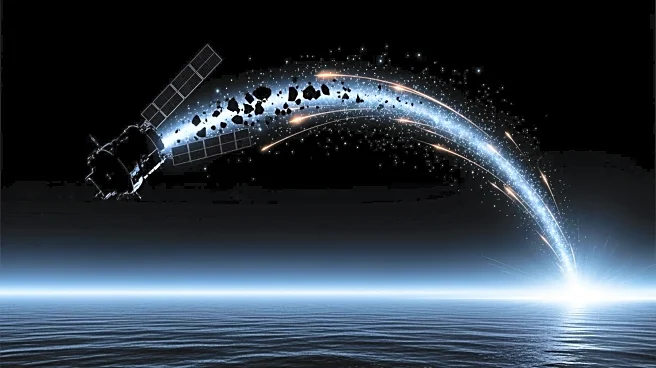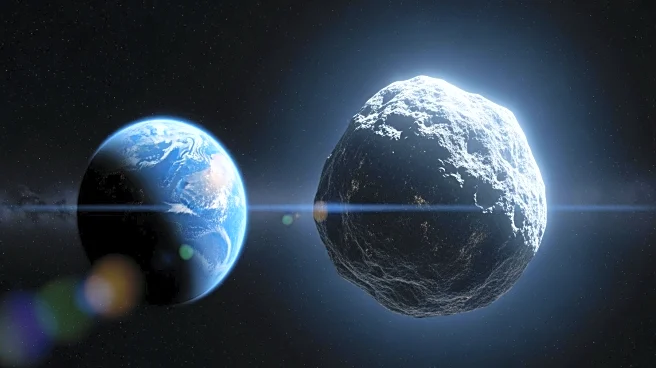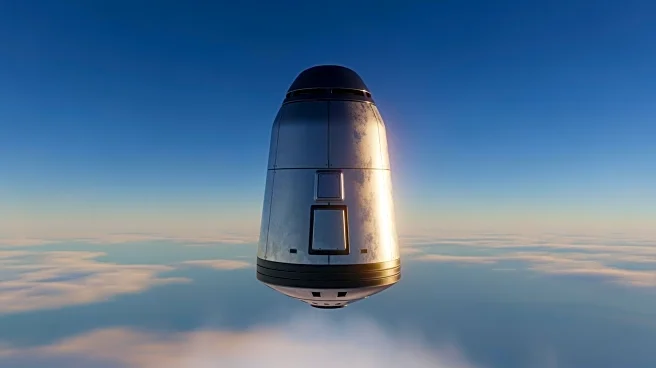What's Happening?
A Chinese satellite, identified as XYJ-7, disintegrated at supersonic speed above the Canary Islands on October 16, 2025. The event was initially detected by the Canary Islands Seismic Network, which recorded
vibrations at 2:58 a.m. local time. The disintegration produced a bright fireball and a strong shockwave, which was confirmed by the Instituto Volcanológico de Canarias. The satellite's reentry was marked by sonic waves detected across 13 stations in the Canary geophysical network. The event was characterized by low-frequency infrasound, which can travel vast distances and cause physical disturbances such as rattling buildings and breaking glass.
Why It's Important?
The disintegration of the XYJ-7 satellite highlights the potential risks associated with space debris reentry. Such events can produce shockwaves capable of causing damage to infrastructure and pose safety risks to populated areas. The incident underscores the importance of monitoring space debris and improving detection systems to mitigate potential hazards. The collaboration between seismology and astronomy in tracking such events demonstrates the evolving capabilities in understanding atmospheric phenomena and their impacts on the ground.
What's Next?
Future efforts may focus on enhancing global monitoring systems for space debris reentry to better predict and manage potential risks. Improved hazard models could provide more accurate guidance on safety measures during similar events. The integration of citizen videos with professional networks may also play a role in refining detection and analysis techniques, offering a more comprehensive understanding of such occurrences.
Beyond the Headlines
The incident serves as a reminder of the growing challenges posed by space debris as more satellites are launched into orbit. It highlights the need for international cooperation in space traffic management and debris mitigation strategies to ensure the safety of both space operations and terrestrial environments.











